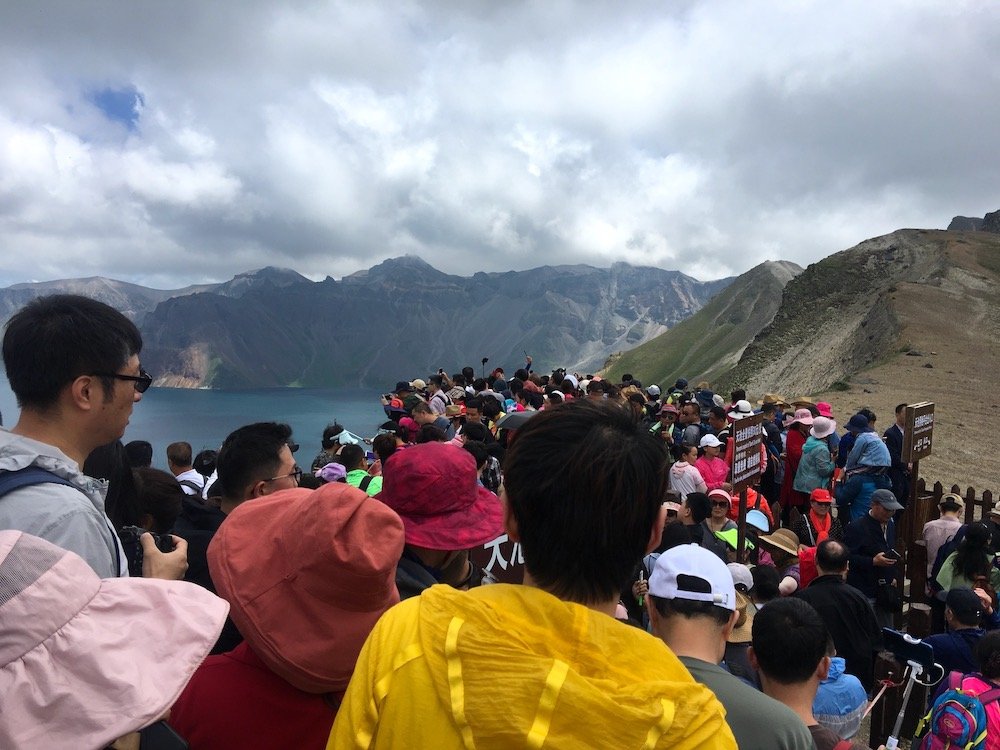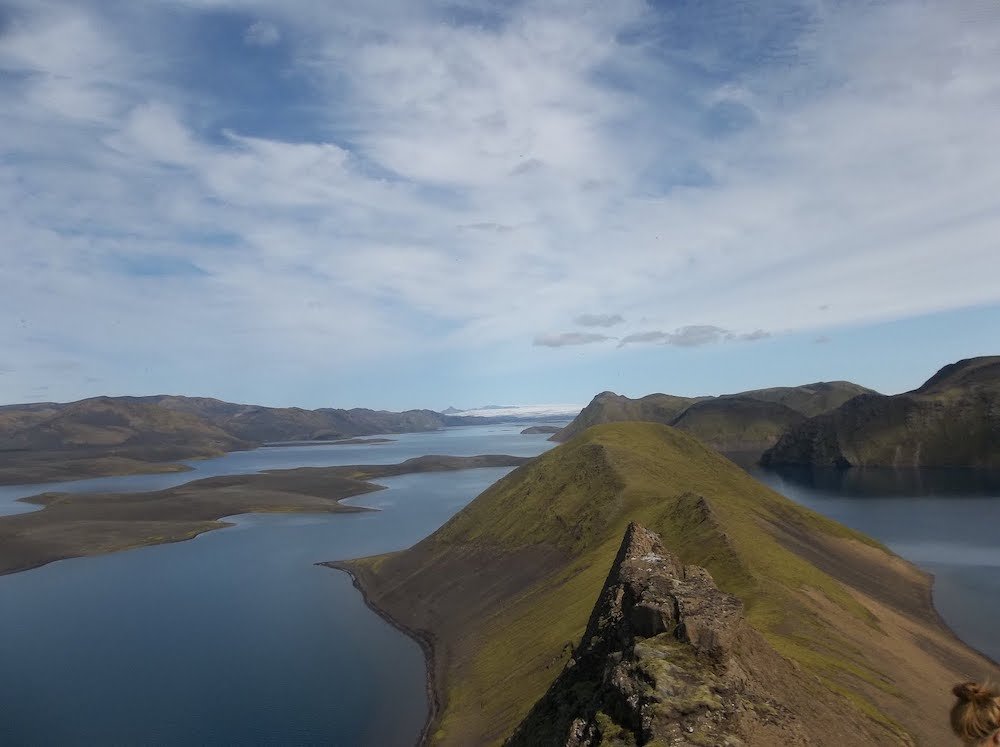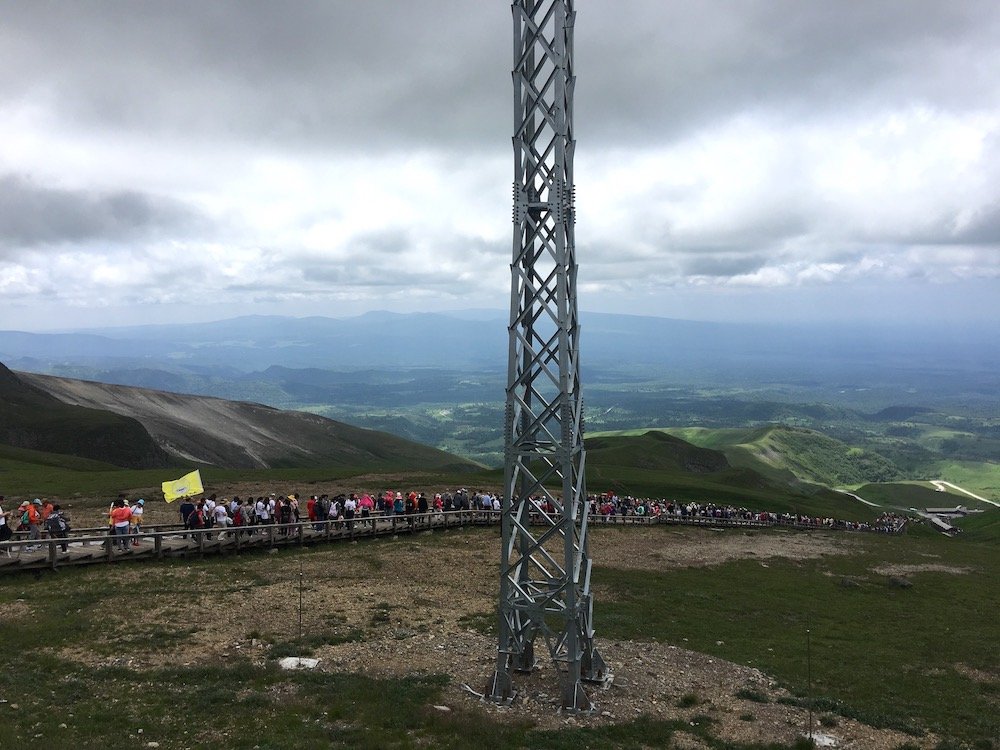Tourism in China
Quiet. Remote. Untouched.
These are a few words that describe my ideal location to visit when I’m on holiday. I’ll take a vaguely-marked trail over running around a city any day of the week. Especially since living in China for 6 years now (wow), a break away from people and the concrete jungle is almost necessary for my sanity. The only problem is…that can be hard to come by in China, no matter where you go. The sheer volume of people makes finding solitude a near-impossible task.
That being said, China is full of some incredible natural beauty that you simply must see if you’re ever in the country. The rub is that China is so talented at building massive infrastructure projects that you will be seeing these sights with hundreds, if not thousands, of domestic tourists. When I find myself in these places, which I’m sad to say is less and less, I feel very conflicted. To learn why we have to go back to 2012.
Herding humans in Iceland
You gain a hell of a lot more appreciation for a solid, evenly-spaced set of stone steps in a hiking path after you’ve spent several days digging up those stones, setting them in the earth, and wedging smaller stones in just the right places until they don’t even flinch under a steel-toed stomp. As Iceland Conservation Volunteers, it was our responsibility to maintain this crucial trail infrastructure in some of the country’s most beautiful and remote locations.
We did a lot of trail maintenance, litter pickup, and flora restoration, but a lot of our work was psychological. When it comes to natural sites that see a lot of foot traffic, people need one clear, well-maintained path to follow. We put a lot of sweat into blocking off areas simply by making them as unappealing as possible with natural obstacles. Focusing foot traffic through one area prevents erosion from getting out of hand and offsets some of the environmental impacts from the tourists.
While Iceland does a great job with its natural tourism infrastructure, it’s safe to say they don’t make it easy for people who don’t want to put in the effort. Many of the island’s most beautiful sites will have you catching your breath a few times on the way there. If you want a glacier selfie, you’re gonna have to park the car and start hoofing it. This in itself is a big deterrent to people who don’t value the experience of walking, being present, and just taking it all in.
Chinese absolutely love big crowds, for one. It’s something called rènào (热闹) - which loosely translates to “lively” or “bustling with noise”..
It’s the destination, not the journey
Using Iceland as an example, we can see that a country’s tourist culture can determine the amount of infrastructure that’s actually necessary for a natural site. Hiking and camping are big pastimes in North America and Western/Northern Europe. Touring the outdoors is very much about the journey and the destination is simply a bonus. We expect dirt trails and might even be a little disappointed if we’re met with a concrete or asphalt path in what is supposed to be a natural area.
The purpose of visiting a place of natural beauty in China is completely different. There isn’t really much of a hiking culture here, apart from some of the younger generations from wealthier Tier-1 cities (Beijing, Shanghai, etc.). Without going into too much detail (I still live here), it wasn’t so long ago that taking time off and spending money to travel was the furthest possible thing on the average Chinese person’s mind. With the explosion of the middle class, the Chinese have just been getting to that point over the last couple of decades.
China’s domestic tourism industry is still very much in its infancy and there hasn’t really been time for a culture to form around it. What’s there is pretty superficial, possibly because holiday-making has developed in tandem with social media. The result is the opposite of what we’re used to. The destination is the only thing that matters and getting there is a nuisance. Get from Point A to Point B, take a selfie with Point B to gain face on WeChat, then return to Point A.
The ingredients of a massive population, new money, superficial travel goals, and national holidays that free up the entire population at once to travel would be a recipe for absolute chaos if the government hadn’t done as good a job as it has with its infrastructure. It ain’t pretty - lots of concrete paths, tour buses, mandatory tour groups - but it’s necessary for controlling the daily flow of a metric shit-ton of people.
I have to try hard to mentally block out the noise, absorb the pushing and shoving with grace, and just appreciate my surroundings. It’s neither quiet nor untouched, but I think about Iceland and our methodology there. In a place where rules are taken as suggestions, China’s fenced-in concrete walkways are just as much present to get people in all manner of inappropriate footwear to the top of a mountain as they are to protect the environment from wandering grandmas on the prowl for rare mushrooms and endangered flowers.
This is China
Even if it sounds like it, this isn’t really a jab at China. Many aspects of the culture are the polar opposite of the West and it would be foolhardy to expect the tourism meat grinder to be the same as what we’re comfortable with. I had to make some generalizations to cover this topic - I know plenty of Chinese people with a thirst for adventure that have never owned a selfie stick. My main goal here is to paint a picture for outsiders so they don’t come here with expectations.
To be a part of the Chinese tourism automaton is an experience in its own right and will give someone new to the country additional insight into the culture. Chinese absolutely love big crowds, for one. It’s something called rènào (热闹) - which loosely translates to “lively” or “bustling with noise”. Most of us Westerners take a holiday to get away from that, but the Chinese see it as atmospheric in a good way. It is a collectivist society, after all, so the big queues (or lack thereof) are all part of a shared experience. Share and share alike - as long as you’re part of that collective, you might as well try and enjoy the ride. ◉
Written by Seth Barham










